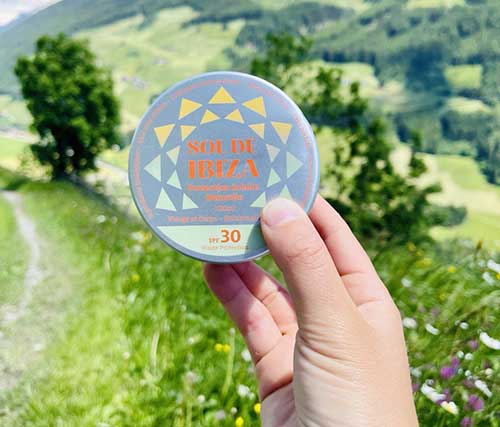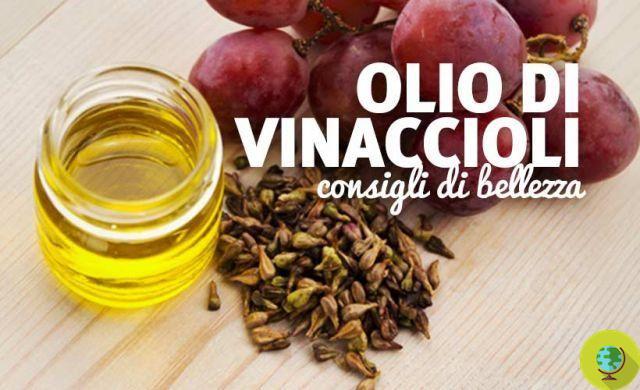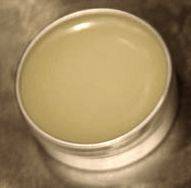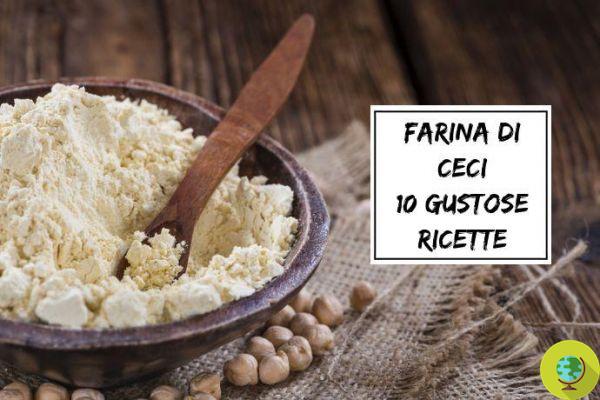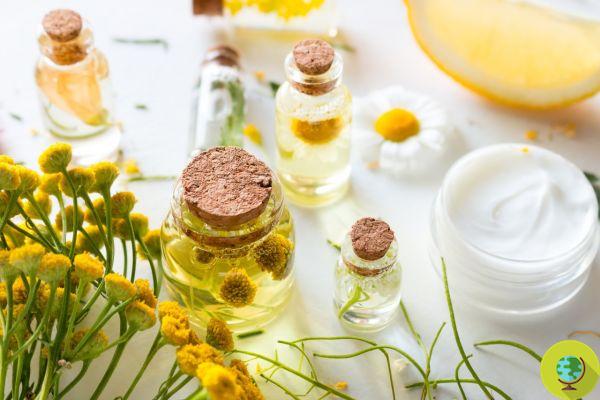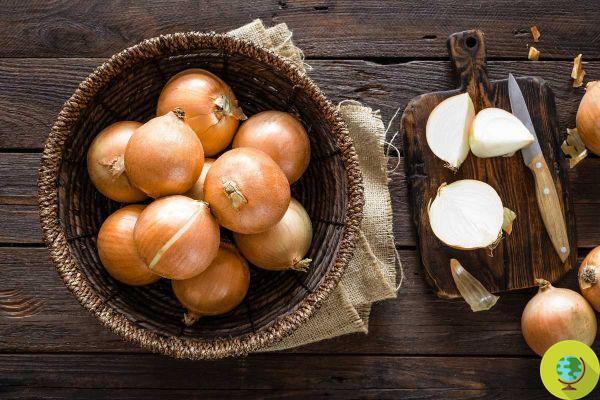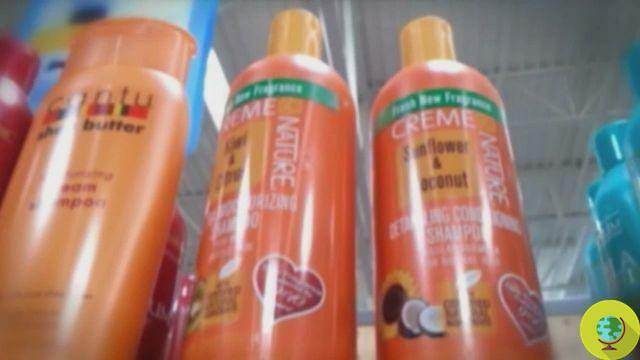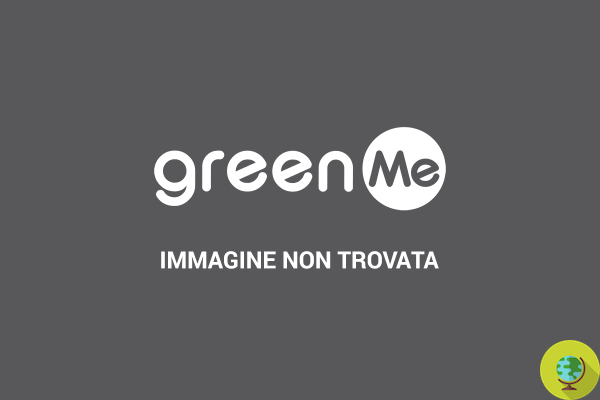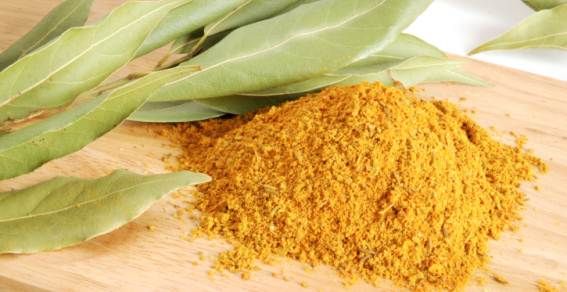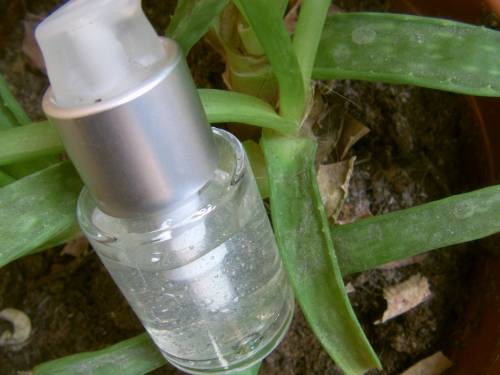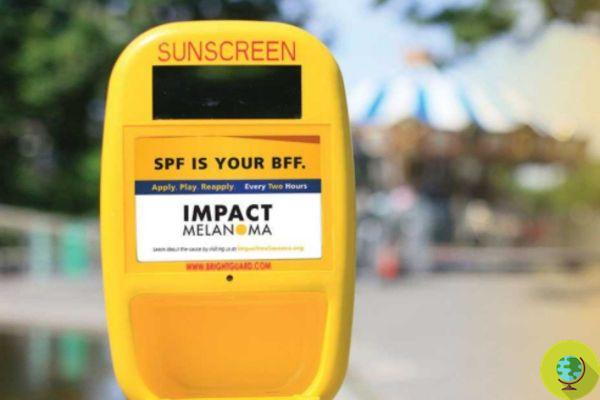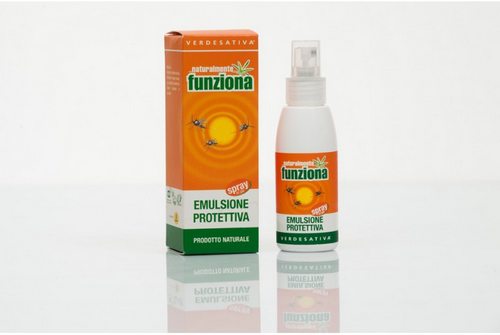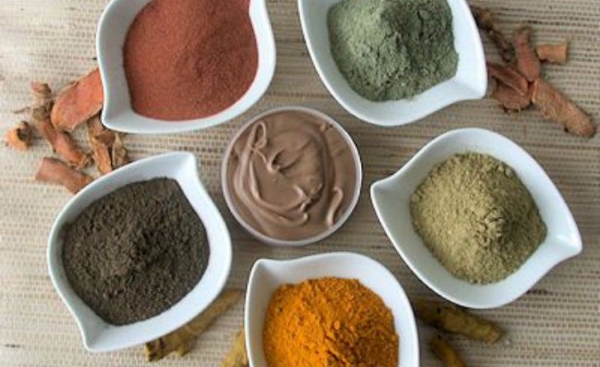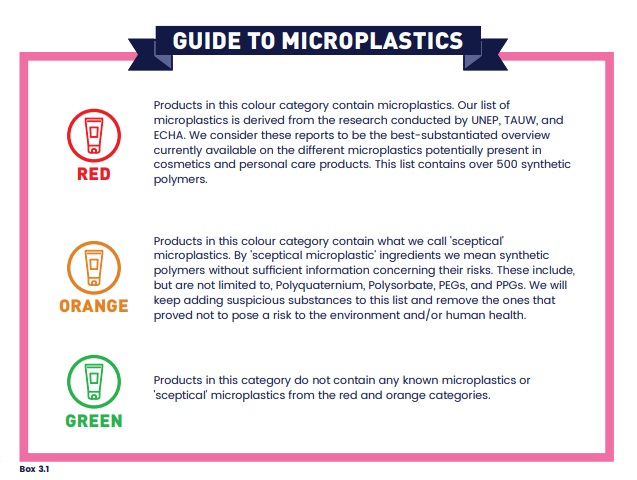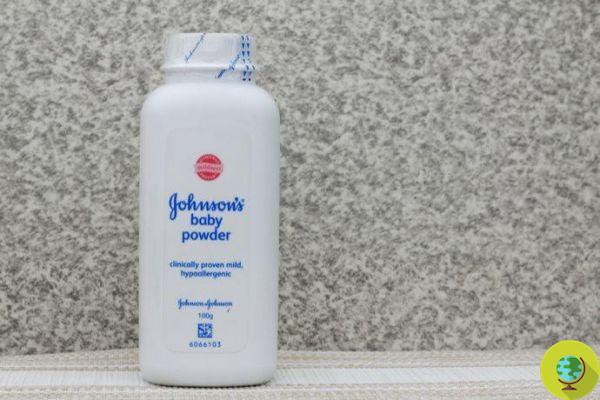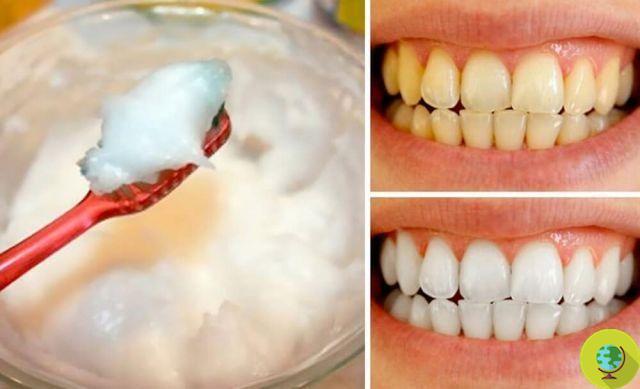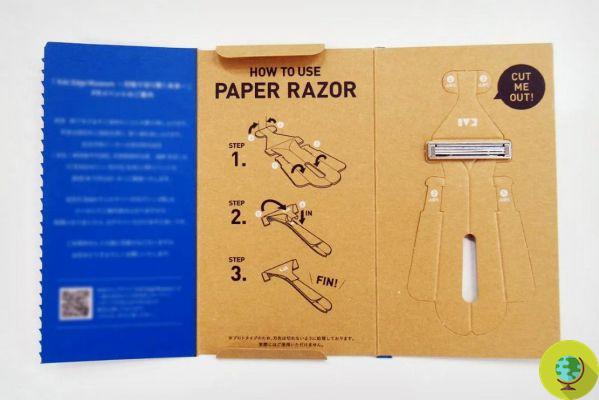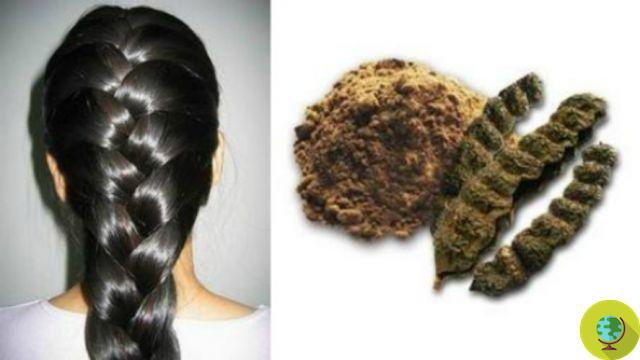All the ecological alternatives to toothpaste in tubes, to reduce waste: pros and cons of toothpastes in powder, cream, solid and tablets
Don't store avocado like this: it's dangerousEvery year, tons of tubes of toothpaste they end up in the undifferentiated collection because they consist of materials difficult to recycle or for incorrect waste management by consumers.
Some tubes are in fact produced from mixed materials and are not recycled. Others are made of plastic or aluminum but many of us throw them in the unsorted waste, the so-called dry, making recycling impossible.
There are several solutions to stem the problem: we can in fact buy toothpastes in single-material packaging and give the tube empty in the collection of plastic or metal, based on the material it is made of or we can opt for toothpastes with more sustainable packaging. Seen all alternatives to the toothpaste tube and their pros and cons.
Index
Toothpaste powder
Il dentifricio in powderand is generally formulated with natural ingredients such as sodium bicarbonate, calcium and magnesium carbonate, green or white clay (kaolin).
The toothpaste can be then enriched with black coal with whitening action, xylitol, antibacterial and refreshing essential oils.
Normally this type of toothpaste is packaged in recyclable glass jars or creatively reusable.
The toothpaste powder it can also be prepared at home, simply by mixing one part of clay, two parts of baking soda and a few drops of mint essential oil.
At the time of use, some of the powder is removed with a wooden spatula, and then poured onto the damp toothbrush.
Il advantage of this toothpaste, in addition to the more sustainable packaging than the plastic tube, is undoubtedly the price. In fact, this type of toothpaste is generally the cheapest, especially if prepared at home.
For the cons, toothpaste is inconvenient to use compared to toothpaste, and if you don't use the spatula to pour it onto your toothbrush, there is a risk of contaminating the product. It also gives a less "clean" feeling as it does not contain surfactants.
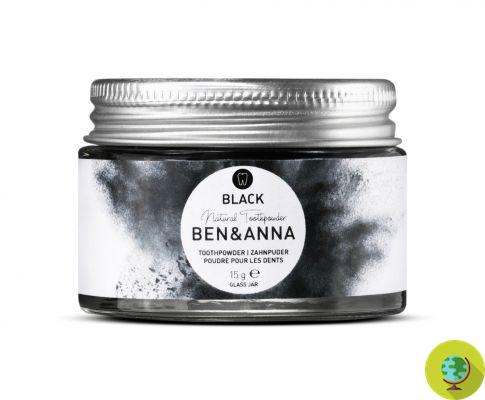
BEN & ANNA Activated Charcoal Toothpaste, Modena, 8.99 Euros
Toothpaste in cream in glass packs
Il toothpaste in cream or paste packaged in glass jars it is similar to toothpaste in both formulation and use and for packaging.
Unlike toothpaste, the paste contains ingredients such as aloe gel, glycerin, water or aqueous extracts, which give the product a creamy texture.
It can be prepared at home, adding one of the ingredients listed above to the mix of clay and baking soda powders provided for the toothpaste.
Since it contains a percentage of water, a preservative must be used in the formulation of toothpastes to prevent the formation of mold and the proliferation of bacteria.
I pros and cons of cream toothpaste or in paste are similar to those of toothpaste with the difference that if the formulation has been included in surfactant, the cream toothpaste offers a greater sensation of cleanliness and freshness.
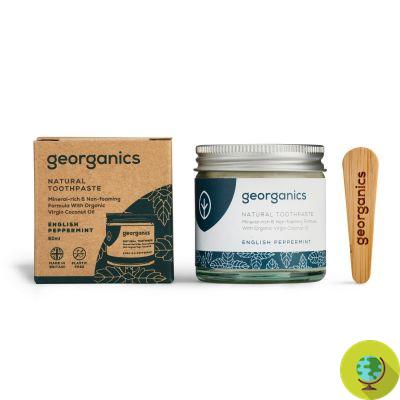
Georganis Cream Toothpaste, UK, £ 6.90
Solid stick toothpaste
Lately a new format of toothpaste without tube. This is solid toothpaste, usually packaged on a wooden stand.
Il solid stick toothpaste is formulated with a mix of ingredients that includes a surfactant, powders such as clay and baking soda, coconut oil and essential oils.
The ingredients, mixed and pressed, are solidified in a mold and placed on a wooden stick and this type of toothpaste is also easily reproducible at home.
At the moment of use, the wet toothbrush is rubbed on the toothpaste, which is then placed in a glass to dry.
Il solid toothpaste price stick is similar to toothpaste and cream, and like toothpaste, solid toothpaste can be easily transported on trips and on the go.
Il the packaging in this case it is even more reduced compared to the alternatives already seen and, not having a glass package, the use is safer: the glass jars can in fact break easily, especially in an environment such as the bathroom, where you often have wet hands.
Di against, the risk of contamination is higher, since to use this type of toothpaste it is necessary, as we have seen, to rub the toothbrush directly on the product.
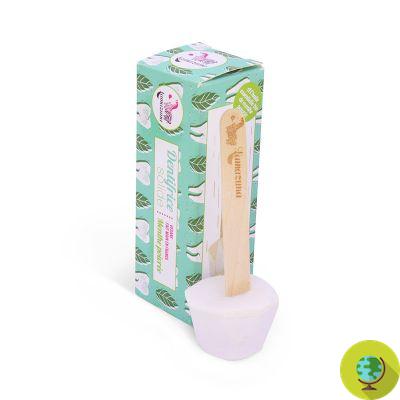
Solid stick toothpaste Lamazuna, France, 8.50 Euro
Toothpaste in tablets
Il toothpaste in tablets it is perhaps the latest addition to the panorama of eco-bio and zero waste toothpastes and it is probably the best solution.
Il toothpaste in tablets it is packaged in glass jars or paper bags and formulated with surfactants, powders such as clay or baking soda, essential oils and other active ingredients that vary by brand.
At the time of use, you dissolve a toothpaste tablet in your mouth and brush your teeth, without the risk of contaminating the product in any way.
The price is very competitive - on average 5 euros for over 100 tablets - and the format allows you to take your toothpaste with you away from home, on a trip or to work.
A couple of Canadian entrepreneurs recently launched an innovative formulation of guaranteeing on the market performance identical to toothpaste in a tube we are used to.
Their "Change Toothpaste" in tablets is packed in compostable bags and contains natural and safe ingredients, as well as being free of raw materials of animal origin, fluorine, gluten and potentially allergenic substances.
As with powder, cream and stick toothpastes, there is a large variety of toothpastes in tablets on the market. easily available online, in herbalists and in health food stores.
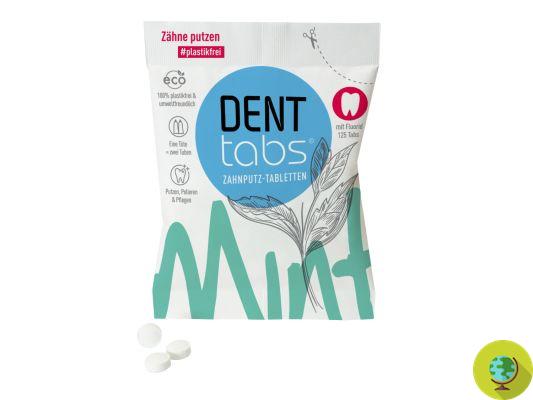
Dent Tabs toothpaste, Germany, 6.00 Euro
As we have seen, there are many alternatives to toothpaste in tubes: each has its own advantages and disadvantages and each of us can find the solution that best meets their needs, but all of them guarantee a good oral hygiene, low prices and above all the reduction of plastic waste.
Read also:
- DIY toothpaste: 10 cream or powder recipes
- Toothpastes: the best and the worst in the largest analysis ever made (also organic and for children)
- Is there a reason why toothpaste needs to be packed in a box? Stop useless packaging! (PETITION)
- Solid shampoo: the best 5 for quality, Inci and price
cover photo




